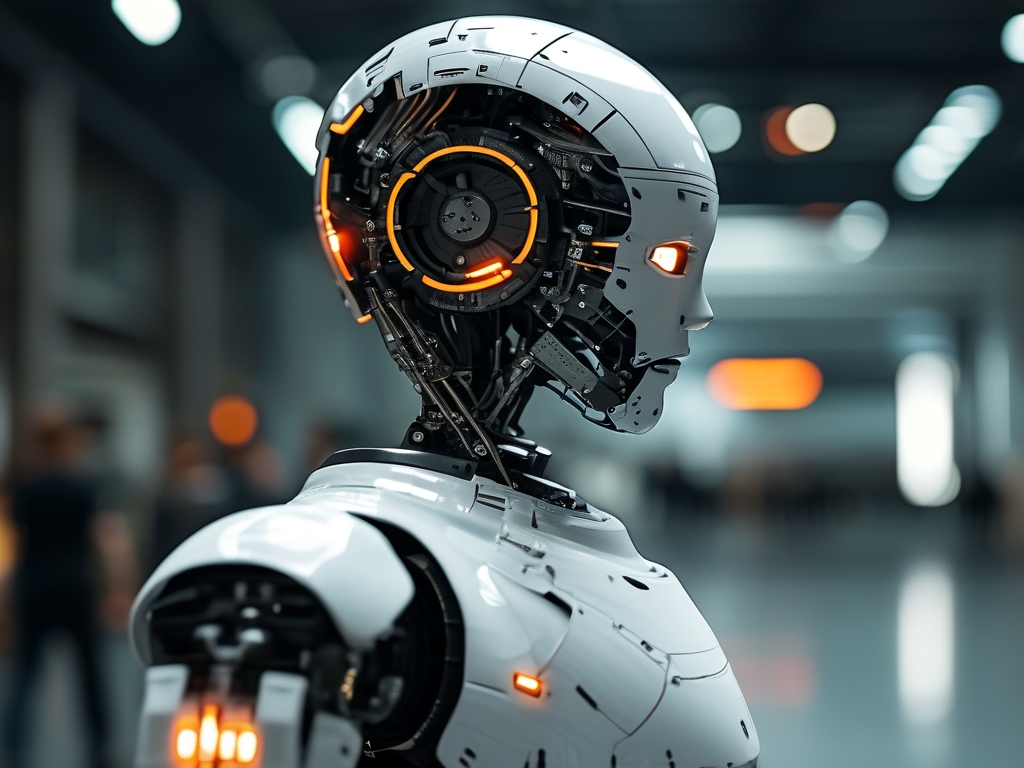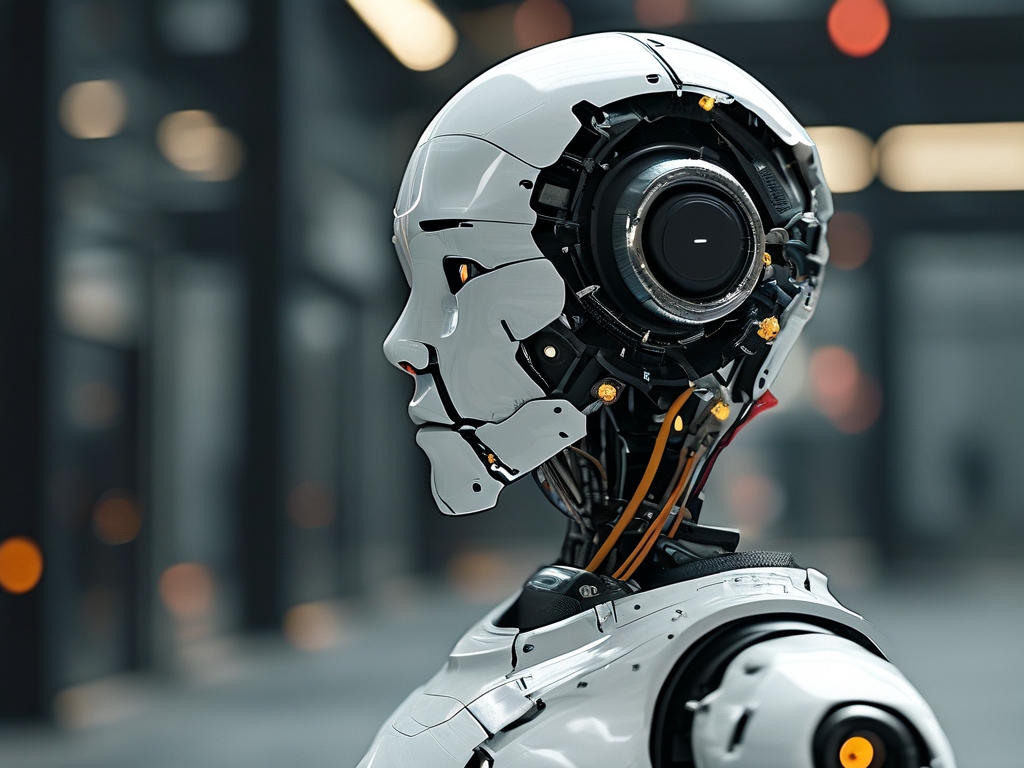The pursuit of humanoid robotics has captivated engineers and futurists for decades, promising machines that mirror human capabilities in mobility, cognition, and interaction. Yet, beneath this vision lies a labyrinth of technical obstacles that challenge even the most advanced research teams. From biomechanical mimicry to contextual decision-making, creating a functional humanoid robot demands breakthroughs across multiple disciplines.
Biomechanics and Mobility
One of the most visible challenges lies in replicating human locomotion. While bipedal robots like Boston Dynamics’ Atlas can perform parkour-style jumps, their movements remain energy-intensive and lack the fluidity of natural human motion. The human body relies on a complex interplay of tendons, muscles, and proprioceptive feedback—systems difficult to miniaturize into mechanical components. Actuators must balance power efficiency with precision, as even minor delays in joint response can lead to instability. Researchers are exploring hybrid designs combining hydraulic systems with lightweight artificial muscles, but durability remains a persistent issue.

Sensory Integration and Spatial Awareness
Humanoid robots require multimodal perception to navigate dynamic environments. Modern systems integrate LiDAR, cameras, and inertial sensors, yet struggle to match human situational awareness. A key hurdle is real-time data fusion—processing inputs from disparate sensors into a cohesive environmental model. For instance, differentiating between a glass door and an open hallway under varying lighting conditions remains error-prone. Advances in neuromorphic computing, which mimics neural processing, show promise in reducing latency, but translating biological perception into algorithms continues to elude engineers.
Energy Demands and Power Management
The energy requirements for humanoid robots present a paradox: more advanced capabilities demand greater power, yet battery technology lags behind. A prototype like Tesla’s Optimus consumes nearly 500 watts during basic tasks—equivalent to running a high-end gaming laptop continuously. Researchers are experimenting with kinetic energy recovery systems and hydrogen fuel cells, but these solutions add weight and complexity. The quest for a self-sustaining power source has led to speculative concepts like metabolically inspired “robot digestion” systems, though such ideas remain firmly in the theoretical stage.

Cognitive Architecture and Adaptability
Beyond physical challenges, humanoid robots must demonstrate contextual intelligence. Current AI models excel at narrow tasks but falter when faced with novel scenarios. For example, a robot programmed for warehouse logistics might struggle to assist in a kitchen without extensive retraining. Meta-learning frameworks aim to address this by enabling robots to generalize from limited data, yet achieving human-like adaptability requires rethinking how AI systems store and retrieve knowledge. Some teams are experimenting with modular neural networks that compartmentalize skills, allowing partial updates without full-system retraining.
Human-Robot Interaction (HRI) Dynamics
Designing socially acceptable humanoids involves more than technical prowess—it requires understanding human psychology. Uncanny valley effects persist, where near-human appearance triggers discomfort. Mitsubishi’s Erica android, despite its lifelike facial expressions, still unnerves users with slight delays in eye contact. Voice synthesis poses similar issues: while tools like GPT-4 enable fluid conversation, tonal nuance and emotional resonance remain elusive. Teams at SoftBank Robotics have implemented “empathy engines” that adjust robot behavior based on user sentiment analysis, but ethical questions about emotional manipulation linger.
Material Science Limitations
The search for durable, flexible materials constrains humanoid development. Skin analogs must withstand millions of flex cycles while embedding pressure and temperature sensors. A team at Carnegie Mellon recently demonstrated a self-healing silicone composite that repairs minor tears autonomously—a breakthrough for long-term deployment. However, replicating the sensitivity of human fingertips, which can detect textures as fine as 13 nanometers, remains an open challenge.
Regulatory and Safety Frameworks
As humanoids approach commercial viability, safety protocols lag behind technical progress. A 2023 incident where an experimental service robot fractured a user’s foot during a fall highlighted the risks of heavy humanoid forms. The International Organization for Standardization (ISO) is drafting guidelines for force-limited joints and emergency shutdown systems, but global consensus on liability and ethics remains fragmented.
The road to viable humanoid robotics is paved with interdependent challenges requiring cross-domain collaboration. While recent advancements in AI and material science offer glimpses of progress, each solution often reveals new layers of complexity. As Honda’s ASIMO team famously noted: “Building a machine that walks like a human is easy compared to making one that thinks and adapts like one.” The next decade will likely see specialized humanoids in healthcare and logistics, but the dream of a truly general-purpose humanoid companion remains constrained by physics, economics, and our incomplete understanding of human intelligence itself.









